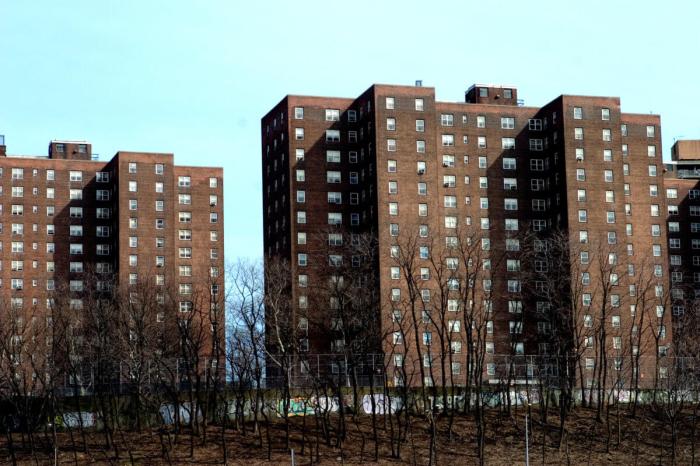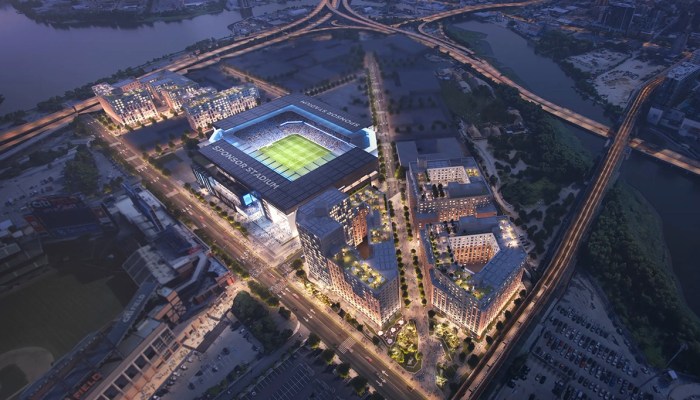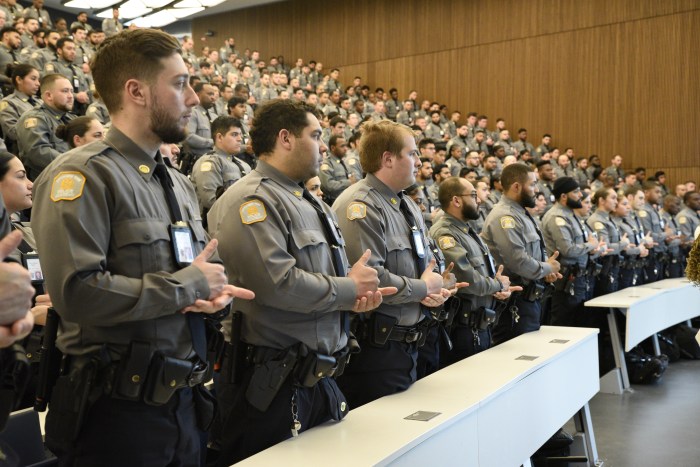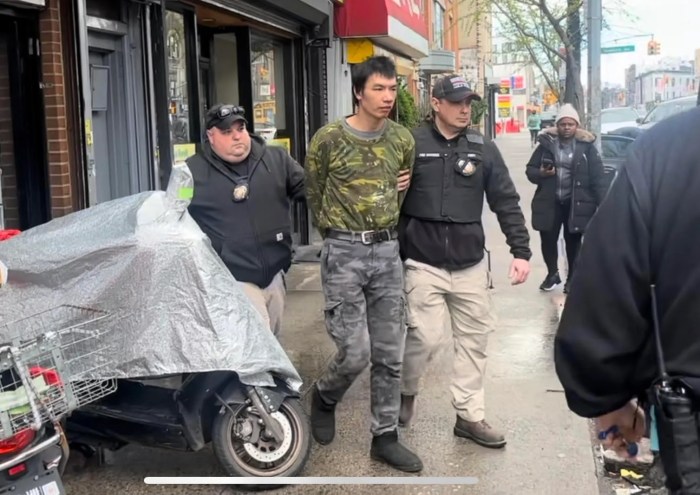
The New York City sales market is typically robust in the fall, but experts say recent economic instability is making the upcoming season difficult to predict.
Usually, buyers flood the market when they return from summer retreats after Labor Day, driving inventory down and prices higher through the fall and winter. Last year, for example, New York City sales inventory decreased 21% between summer and fall and prices rose 4%, according to data compiled by the listings site CityRealty.
But that pattern isn’t so predictable this year due to turbulence in the stock market and uncertainty over when the Federal Reserve will raise interest rates, according to Gary Malin, president of the real estate group Citi Habitats. Protecting portfolios and holding onto savings are priorities right now, he said.
“Some people think, park your money in the real estate world” when times are uncertain, Malin said. “And then there’s other people who needed that money to buy the home of their dreams but now their portfolio has taken a dip.”
Tight credit across the nation is also plaguing buyers, according to Jonathan Miller, president and CEO of the real estate appraisal and consulting firm Miller Samuel. Until people can build their credit back up from the recession, it’s difficult for them to obtain mortgages, he said.
Furthermore, inventory isn’t rising, and most of the new product in the city is in the luxury market, Miller said.
“If this is going to continue for possibly another few years and you need another bedroom, I don’t know if that is [attainable] with prices rising,” he said. “It’s a difficult situation.”
If you want to brave the situation and desire a Manhattan address, look above 110th Street, advised Alan Lightfeldt, a data scientist for the listings site StreetEasy.
Uptown Manhattan median resale prices grew 13.5% between August 2014 and August 2015, according to StreetEasy. The area outpaced the borough as a whole, which logged a 6.7% year-over-year growth.
“This really has a lot to do with buyers who are looking northward, they may have been priced out of areas in downtown or midtown,” Lightfeldt said.
But prices uptown are still cheaper than downtown. The median sales price for uptown Manhattan in August was $580,000, according to StreetEasy, versus downtown where it was $1,092,500.
If your income is around the city’s median — $60,000 — and you can’t afford Manhattan prices, Lightfeldt stressed the solution lies in the outer boroughs.
East New York was among the lowest median resale prices in August, according to StreetEasy. Areas like Canarsie and Bay Ridge also offer affordable properties with yards, though they require a longer commute from Manhattan, Lightfeldt said.
“New York City is a very large real estate market,” he said. “It includes the Bronx and Staten Island. These other boroughs contain inventory that is well below what’s in Manhattan.”
MARKET FLASHBACK
Here’s a look back at the Manhattan sales market between fall and winter 2014, according to data compiled by CityRealty:
- Total average sales prices increased 2%, from $1,751,070 to $1,786,279
- Total average sales volume decreased 11.8%, from 3,256 to 2,872
- Biggest average price increase: East 79th between Park and Fifth +48.7% from $4,628,247 to $6,881,307
- Biggest average price decrease: Flatiron/Union Square -32.8% from $2,987,137 to $2,007,574
- Biggest sales volume increase: Harlem +43.5% from 108 to 155
- Biggest sales volume decrease: Gramercy Park -39% from 159 to 97

















